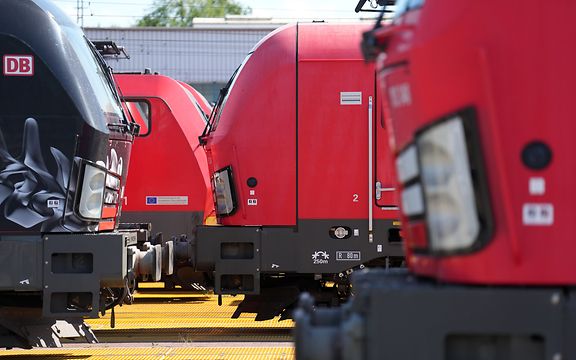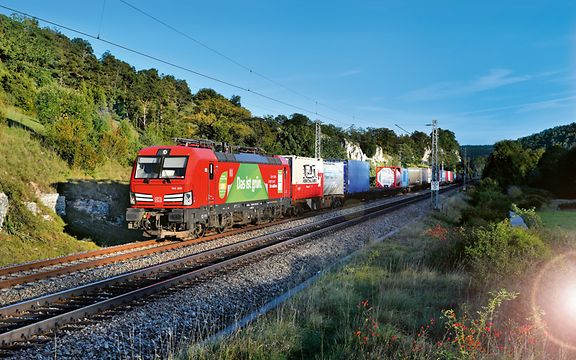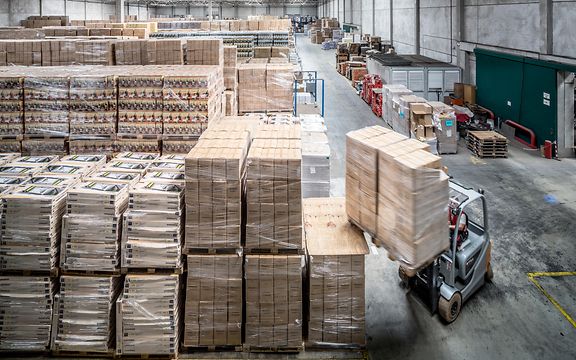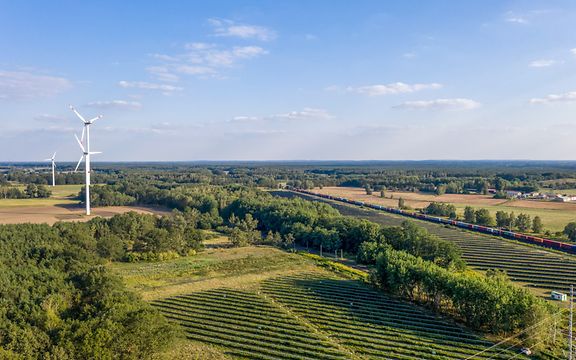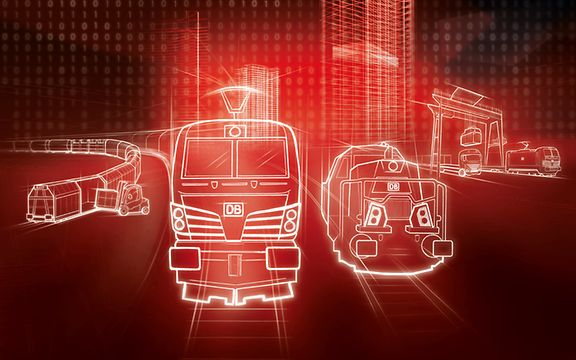HVO, H2, and LNG: fuels of the future
What are alternative fuels and what are their advantages?
We need to reduce our dependence on fossil fuels and energy sources if we are to reduce greenhouse gas emissions and achieve our climate protection goals. Fossil fuels include petrol and diesel, which are obtained from crude oil, and energy sources such as natural gas and coal. As of 2022, coal was still the most commonly used fuel for generating electricity in Germany, with a share of 33%. This needs to change. One solution is to develop alternative energy sources that are renewable and produce lower emissions. We'll take a look at three of these energy sources in more detail here.
HVO: green diesel
Petrol, diesel, electricity or hydrogen: What fuels will power transport in the future? We know that internal combustion engines will one day run out of fuel, as it were. We therefore need to develop alternative drive systems. And that means primarily using renewable fuels, such as HVO, in addition to electricity. HVO stands for hydrotreated vegetable oils, which are hydrogenated plant-based oils that have been chemically treated to create a substitute for fossil fuels, in particular diesel fuel.
Green rail
DB Cargo already relies on HVO. Each of the 800 DB Cargo diesel locomotives can fill up with this environmentally friendly biofuel. Switching to HVO generates 90% less CO2 than using diesel from fossil fuels. DB Cargo also cares about the source of its HVO. It uses only biofuel made from organic residues and waste materials. This ensures that no farmland is used to grow plants for fuel production, which would make it unavailable to grow food.
On the whole, HVO is an attractive alternative to conventional diesel fuel. It is cleaner and more environmentally friendly and has the potential to make an important contribution to reducing our carbon footprint.
H2: the multitalented fuel
Green hydrogen, or H2 for short, is a versatile energy source. Unlike conventional hydrogen, which comes from fossil fuels, green hydrogen is a product of the electrolysis of water, or water splitting. It is produced using renewable energy sources such as solar and wind power.
A versatile fuel
Green hydrogen can be used as an energy source in a wide range of fields, such as mobility, power supply and industry. A quarter of the greenhouse gas in Germany can be attributed to industry, in particular the blast furnaces used in steel manufacturing, which are powered by coal. These coal-burning furnaces can now be completely converted to hydrogen. H2 is also used as a fuel for motor vehicles, ships and trains. These fuels are electricity-based fuels, or e-fuels, which are produced using power-to-liquid technology with the addition of CO2. This method creates synthetic variants of diesel, petrol and kerosene. Even fuel cells, like those used in HGVs, can be powered with H2. Multiple hydrogen-powered articulated vehicles will go into operation at DB Cargo this year.
Leading the way into the future
Green hydrogen is a sustainable alternative in many respects, but how does it get to its destination? Europe's infrastructure is still in its infancy. Natural gas pipelines first have to be converted for hydrogen. That means that alternatives, such as climate-friendly rail transport, are needed in the short term. DB Cargo BTT already offers solutions here, for example by developing multi-element gas containers. These containers can easily be transferred from train to HGV. DB Cargo BTT can also use tank containers and tank wagons, which can transport chemically bound hydrogen.
In short, green hydrogen has great potential to expedite the transition to a sustainable energy supply and to counteract climate change.
LNG: the space saver
Liquefied natural gas, or LNG, is one of the most important energy sources and can be used as a fuel and to generate heat and power. It is produced by cooling natural gas to -162° Celsius, which liquefies it. This process reduces its volume by a factor of 600. The main advantage over natural gas in its gaseous state is that LNG can be transported more easily and efficiently. Due to its high energy density, it can be shipped in large quantities by tankers, giving it a logistical advantage over pipelines. Despite these advantages and regardless of whether it is in liquid or gaseous form, natural gas is still a fossil fuel and therefore unsustainable. What's more, combustion produces CO2. So why is the German government backing LNG? The reason is simple: It is more environmentally friendly than coal. LNG is being used as a transitional solution so that Germany can press ahead with phasing out coal and still meet its demand for energy.
Building the infrastructure
LNG terminals are needed so that the liquefied gas can be transported onward after arriving at its destination port. LNG is transported from the terminal by HGV or train, or is converted back to a gaseous state and supplied by pipeline. Germany does not yet have its own import terminals, but it is currently planning and building several of them. One such terminal is being built in Brunsbüttel and is scheduled to open in 2026. DB Cargo made an important contribution to the project by delivering around 3,000 urgently needed pipes via eco-friendly rail transport in the space of a few weeks. The pipes were transported by freight train directly from the plant in Salzgitter to the port in Brunsbüttel, which is becoming an important site for a sustainable energy supply that is viable for the future.
Even if LNG is not as climate-friendly as other energy sources, it is an important step toward phasing out coal and achieving climate targets. Overall, alternative fuels are essential for a sustainable carbon-neutral energy supply and they play a major role in reducing greenhouse gas emissions. Alternative fuels make it possible to continue using existing vehicles and infrastructure as well as expediting the transition to renewable energy sources.
